

Saffron is the female part of the reproductive system of the Autumn Crocus flower, also called Crocus Sativus. Each flower produces three little saffron strands, deep red at the top and bright yellow at the bottom.
Apart from being a unique spice, saffron is also used to produce a natural golden dye, and has been found by multiple studies to have many health benefits. It supports liver function and cardiovascular health, prevents Alzheimer’s and Parkinson’s disease, improves memory, relieves depression and anxiety, and acts as an aphrodisiac. It also helps with symptoms of PMS.
Saffron is a staple spice in Persian cuisine and gives paella its signature color.
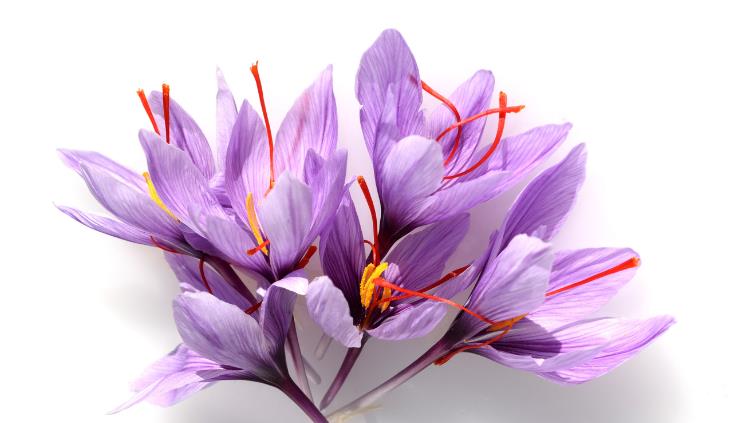
Being a saffron farmer isn’t exactly a cost-effective business. One acre of land will produce only 4 pounds of saffron. Its taste is highly affected by temperatures, humidity, irrigation, and soil. Harvesting saffron is a highly laborious process, based purely on manual labor; no machine can do the delicate work required to pluck the saffron strands from the flower.
It can take as much as 40 hours of manual labor to produce just 2 pounds of saffron. It takes as much as 150 flowers to produce just 1g of saffron. On Amazon, saffron sells at about $200 per ounce. At the local grocers, the rate can go as high as $1000 per ounce.
The high demand and profitable potential of the saffron business lead many people to sell fake saffron. They use corn silks, coconut fiber, horse hair, or a mix of high-grade and low-grade saffron, all dyed red to seem like saffron.
Wondering how you can tell real safron from fake? This video will help:
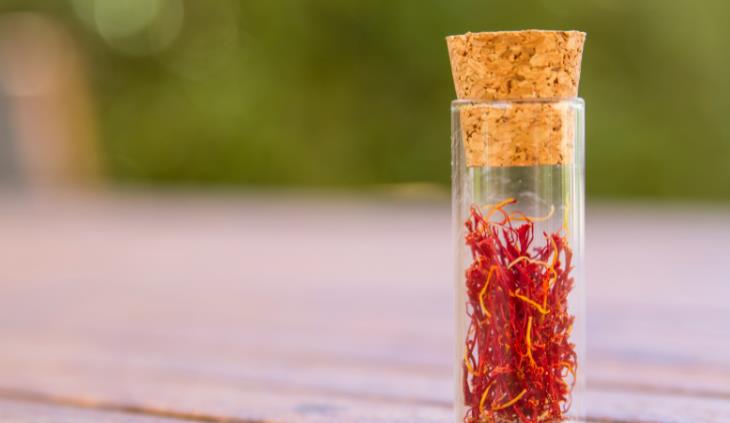
Convinced yet? Get your hands on some Autumn Crocus bulbs and let’s get gardening!
Know before you go:
* The flowers bloom for about six weeks from late September to early December. Plant the bulbs 6 to 8 weeks before that.
* You’ll need well-drained, highly fertile soil. A combination of 50% regular soil, 30% compost, and 20% fine sand will do perfectly.
* Saffron needs 4 - 5 hours of direct sun daily. A south-facing wall is optimal.
* In terms of USDA hardiness zones, zones 5-8 are the most hospitable for saffron.
Planting:
1. After preparing the soil mix, plant the bulbs stem side up, so that the bulb is fully covered in soil and the stem is above ground. Water generously.
2. After watering for the first time, water only when the top soil is dry.
3. You can expect new leaves to emerge from the stem within 6 days of planting.
Harvesting:
The flowers are best picked in the morning. You can use your fingers or tweezers to pluck the red strands out. Let your freshly picked saffron dry completely in a shaded place before storing it in an airtight container away from the sun.
Now that you've got your homemade organic saffron, here's a quick and easy recipe for Indian saffron milk.

The Skullcap Plant: A Guide to Health Benefits
The skullcap plant comes in American and Chinese varieties, and has various medicinal properties. This is a detailed guide to Chinese and American skullcap.

Your Herb Garden Will Flourish with These Helpful Tips
The following six tips will help you grow an abundance of herbs round the year.

10 Ideal Plants to Fill Up Empty Space in Your Garden
If your yard or garden has a lot of empty space, then why not add some evergreen ground cover plants to give it some extra character?

Thanks to This Tip Your Flowers Will Look Much Better!
Learn the simplest and best trick for arranging your flowers with 3 tools that everyone has at home.
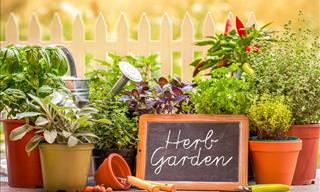
Your Herb Garden Will Flourish with These Helpful Tips!
The following six tips will help you grow an abundance of herbs round the year.

Did You Know That Your Washing Machine Needs Cleaning Too?
Most people never even think about it, but did you know that washing machines need washing too? Here's a quick guide to washing your washing machine.
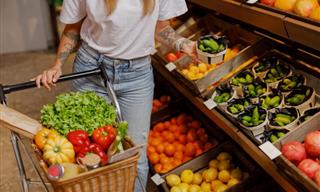
Ever Hear of the 54321 Shopping Method to Buying Groceries?
Grocery shopping has become increasingly stressful as prices continue to climb. Many shoppers find themselves struggling to balance their budgets while still putting nutritious food on the table. But a straightforward shopping strategy is helping peo

Do You Feel Car Sick? These Natural Remedies Will Help
Suffer from motion sickness? These remedies will help you banish nausea.

Nine Things You Should NEVER Store in the Bathroom
Here are nine things to keep out of your bathroom to maintain a safe and functional home.

This Guide Will Help You Find Your Perfect Dog!
If you're looking to get a dog, here's how you can find the perfect one for you!

Booking a Vacation? Watch Out for These 7 Online Scams
Booking your getaway? Keep it scam-free with these tips.

Don't Throw Out Produce - Make a Gourmet Meal Instead!
Save yourself from having to throw away food, save money, and discover some palatable dishes along the way.

Cinnamon Isn't Just Delicious, It's Also Incredibly Helpful!
The best uses for cinnamon aren't necessarily in food, many of its benefits derive from the spice's anti-fungal, antibacterial and antioxidant prowess.
 4:08
4:08
Lost a Key and Need to Pick a Lock? Do This!
Need to pick a lock? Here's how to do it.
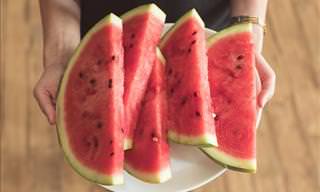
7 Tips to Ensure You Never Buy a Bad Watermelon Again!
Watermelons are delicious, but before you buy one heed these 7 traits that indicate that the watermelon that you’re about to buy is bad.
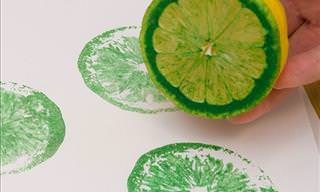
15 Fun and Unique Craft Ideas for Home Decor
These different and creative craft ideas can add a lot of pizzazz and joy to a home. Learn how to make them here!

8 Useful Tips That Will Help You Tame Your Anger!
Being angry takes its toll on your health and relationships. Therefore, this video will show you 8 great ways to keep your anger in check.

11 Extension Cord Mistakes That Could Put You in Danger
Knowing how to handle extension cords correctly can help prevent fires, electrical shocks, and other risks.

30 Tips That Make Training Your Dog Easier Than Ever
It takes a lot of effort to train your pet. Here are all the secrets you need to know about dog training using positive reinforcement!
 8:53
8:53
Wow! Who Knew Kitchen Sponges Are So Versatile?
If you think that kitchen sponges can only be used for washing dishes, then, we’re sorry to say, you’re completely wrong. They're very versatile. Take a look!

Read This to Deal With That Terrible Smell In Your Fridge!
If there's a bad odor in your refrigerator, then this guide will show you exactly how to get rid of it quickly and easily.
 4:50
4:50
5 Signs You’re Actually a Better Driver Than You Think
Let's look at the five key indicators of skilled driving that often go unnoticed.

5 Essential Training Skills You Must Teach Your Dog!
Dog training is a lifelong process, but some skills are more important than others. Here are the most important dog training skills.

15 Smart Ideas That Redefined Creativity
These crafty geniuses took their ideas to unique heights!

Should You Change Shampoos For Silvering Hair?
Are you making the transition to silver, shiny locks? Learn how to keep your silvering hair as beautiful as ever with these tips!

Got Dark Knees and Elbows? 8 Remedies That'll Help
Put an end to dark knees and elbows with these 8 natural remedies.

Increase Your Home's Value with These Genius Tricks
Thinking of selling your home? Here's how to increase it's value.
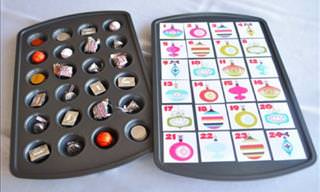
Give Your Old Bakeware a New Lease of Life With This Guide
Many of us are guilty of letting bakeware pile up in our cupboards, but this guide will show you how to give it a new lease of life. See these 10 great ideas.

Darken Graying Hair Using Potato Peels!
Do you spend a lot of time fighting gray hair? The following simple idea will allow you to darken hair graying quickly using something we all have: potato peels!
 18:48
18:48
Wow! Now I Know Where All Cuts of Beef Come From!
Ever wondered where all the different cuts of beef come from on a cow? Well wonder no more!
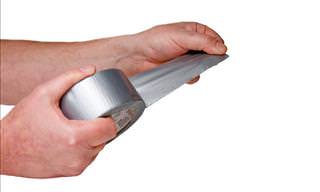 4:40
4:40
This Is What Makes Duct Tape So Strong! Impressive
This is why duct tape is so strong!

These Lessons Taught Me How to Live My Life Wisely...
Life doesn't come with an instruction manual, but we can certainly be wise about it if well tell ourselves these 10 important sentences.
 4:16
4:16
The Egg Secret Tips You Never Knew...
This video shows you some of the best egg life hacks you never knew you needed, but now you'll see them - use all the time!

13 Cool Guides & Infographics You Never Knew You Needed!
These unique guides might change your perspective on a lot of things.

Suffering From Chronic Pain? These Tips Can Help Manage It
If you're suffering from pain, these mantras and mental tricks can help immensely in pain management and reducing the accompanying stress

7 Household Chores That You Should Do Less Frequently
Keeping up with our homes can take a lot of time and energy. But not all of them are worth your time and effort.

9 Unexpected Ways to Use Spices
You already know spices are indispensable in the kitchen, but it turns out that they have several important uses outside of the kitchen too.

7 Amazing Domestic Uses for Sugar
Most people think of sugar as just a sweetener, but it actually has many more uses! Here are 7 of them.
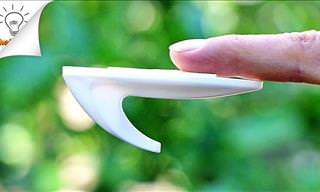 3:13
3:13
11 Great Ways to Use Plastic Hooks Around the House
11 ways to use plastic hooks to find creative solutions to household problems.

Use These 5 Pressure Points to Control Your Hunger
The following 5 pressure points that you will learn about will help you control your hunger effectively.
 9:41
9:41
8 Natural And Safe Ways to Keep Ants Away From Your House
Take note of these useful natural remedies that can help you keep ants away from your home.
 8:02
8:02
What Should You Do When an Intruder Is in Your Home?
It can be quite unnerving if an intruder breaks into your home. Here are some things you must do in such a situation.

11 Common Phrases That Could Be Ruining Your Conversations
These common phrases are more passive-aggressive than you think.

Building Your Own Greenhouse Is Cheap and Easy!
A quick and easy greenhouse project that won't cost you an arm and a leg.

Green Noise: A New Sound for a Better Night’s Sleep
You’ve likely heard of white noise, but have you tried green noise?

Shaving Foam: Your New Underrated Stain Remover
Did you know shaving foam can be an unexpected cleaning hack at home?
 6:58
6:58
How to Make a Simple and Cheap Door Alarm!
Here's how you can save yourself some money by making your own door alarm at home.

Fold Your Clothes the Right Way with This Guide
Have you been folding your clothes wrong all this time? These top 10 tips will help keep your clothes organized.
To enable your Ad-Free Subscription, please fill the fields below
Your subscription was successful, now you can enjoy an ad-free experience!! Note: To make sure you get no ads, please make sure to log in to your account. If you are logged in already, then refresh the page. The subscription can be cancelled at any time.


